
It’s a weekday and you need to print out a file for an important meeting in 30 minutes. You open the file and click the Print button, and wait for the printer to work. Nothing. Then, a message pops up at the bottom-right corner of your PC desktop saying that your printer is offline.
You then check the printer status in the Devices and Printers window, and you see this:

Well, you’re not the only one who are bugging by this issue. But no worries, it’s not a hard problem to fix. As a matter of fact, you can easily fix it following the methods below.
Here are 5 solutions for you to try. You may not need to try them all; just work your way down until you find the one works for you.
- Check Printer Connection
- Update Printer Driver
- Check Printing Status
- Restart The Print Spooler Service
- Add a Second Printer
Method 1: Check Printer Connection
The printer offline status is your printer’s way of telling you that something is wrong with the communication between your computer and your printer, via USB cable or network connection (wireless and wired). So one of the first things you check is your printer’s connection with your PC.
- Power off and then power on your printer to restart it. Wait for a while for it to be fully ready.
- Check your printer connection:
- If your printer is connected via USB cable: make sure the cable to your printer is well connected. Then make sure you’re connecting the cable to your computer via a working USB port.
- If your printer is connected via wired network: make sure the cable to your printer is well connected to the Ethernet port. Then make sure the port your printer connect to on your router is working well. Check if the network signal on your printer is flashing.
Note: Your printer could go offline if the connected cable is loose, too old, or broken, you may need to replace them if needed. - If your printer is connected via wireless network: Check your printer and make sure that it’s connected to your PC network. The lit-up wireless icon on your printer usually indicates that you’re connected.
Method 2: Update Printer Driver
The problem can be caused by faulty printer drivers. So you can update the printer driver and see if this works.
There are two ways for you to get the right drivers for your printer: manually or automatically.
Manual driver update – You can update your printer driver manually by going to the manufacturer’s website for it, and searching for the most recent correct driver. Be sure to choose only driver that is compatible with your variant of Windows 10.
Automatic driver update – If you don’t have the time, patience or computer skills to update your printer driver manually, you can, instead, do it automatically with Driver Easy. Driver Easy will automatically recognize your system and find the correct driver for your exact printer, and your variant of Windows 10, and it will download and install them correctly:
- Download and install Driver Easy.
- Run Driver Easy and click the Scan Now button.

- Click the Update button next to the flagged printer device to automatically download the correct version of this driver, then you can manually install it (you can do this with the FREE version).
Or click Update All to automatically download and install the correct version of all the drivers that are missing or out of date on your system (this requires the Pro version – you’ll be prompted to upgrade when you click Update All).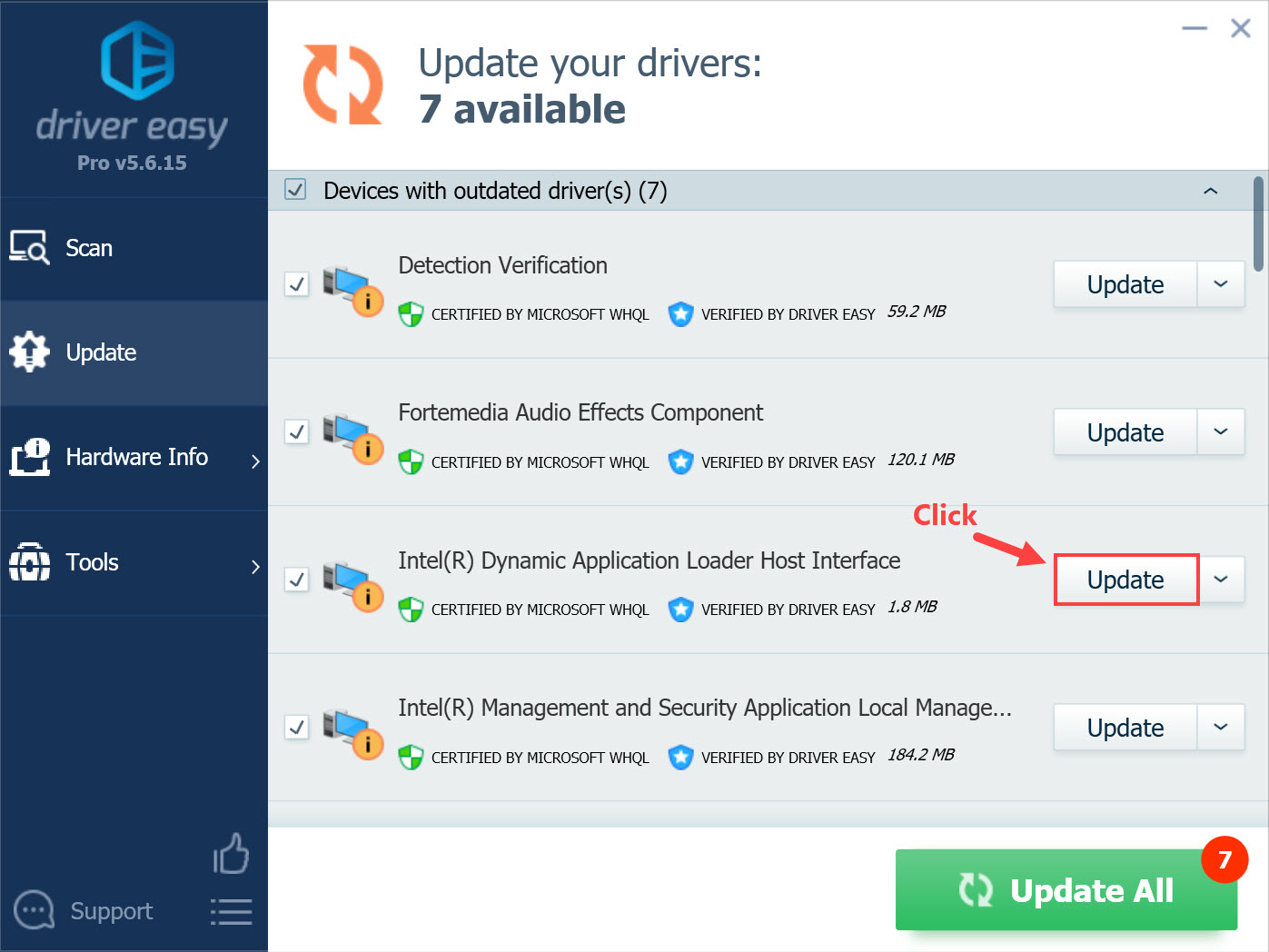
- After updating the printer driver, check to see if the offline problem is resolved.
Method 3: Check Printing Status
Auto-updated printer driver provided by Windows Update could change your printer settings without notifying you. So you need to make sure that your printer status is problem-free:
- Turn your printer off and then turn it back on again.
- On your keyboard, press the Windows logo key and I at the same time. Click Devices.
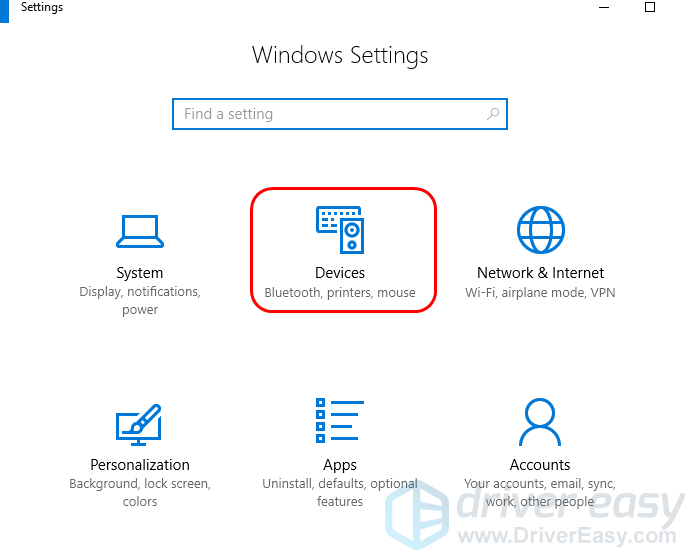
- Click Devices and printers.
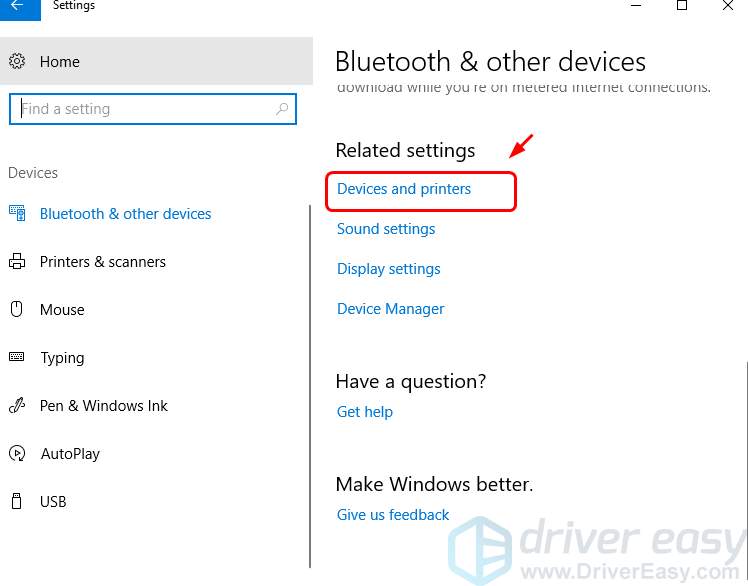
- Right-click the icon with a green check-mark and click See what’s printing.
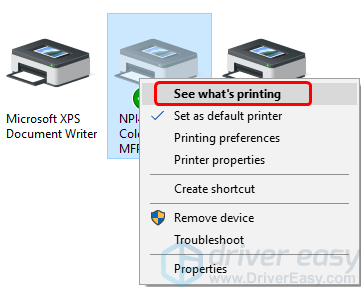
- If what you see here is a grey icon without the green check-mark, right-click the icon and click Set as Default Printer. Then right-click it and click See what’s printing.
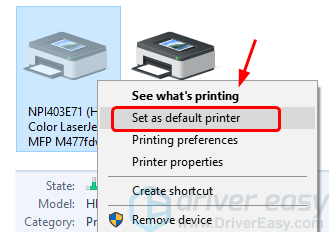
- Click Printer. If you can see a tick next to the option Pause printing and Use Printer Offline, click them to remove the ticks.

See if you can print now. If this issue persists, try the next fix, below.
Method 4: Restart The Print Spooler Service
Your printer will refuse to work if the Print Spooler service is not working well. In some case, this service is somehow turned off. You need to check if it’s running first, then decide whether or not to restart it:
- On your keyboard, press the Windows logo key and R at the same time. Type services.msc in the search box and press Enter.

- On your keyboard, press the P key to faster locate Print Spooler item. See if its status is Running.
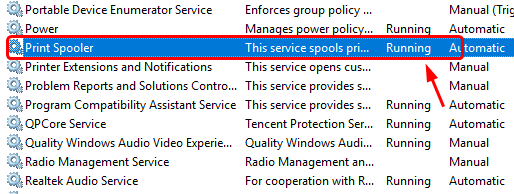
- If you can’t see its status here, right-click Print Spooler service and click Start.
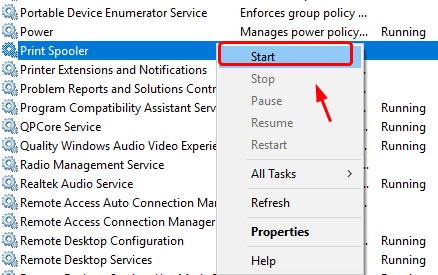
- If you like, you can also restart this service: right-click Print Spooler and click Restart.

- Close the Properties window.
Check if your printer is online now. If not, move on to the next fix, below.
Method 5: Add a second printer
If none of the above methods work, you can still set a manual IP address for your printer and add a port on your PC for them to match.
You need to have an IP address for your printer. You can usually find it in your printer manual. If you don’t have the manual, try to search for it on the manufacturer website.
- On your keyboard, press the Windows logo key and I at the same time. Click Devices.

- Click Devices and printers.

- Right-click your printer and select Printer properties.

- Click the Ports tab, then Add Port.
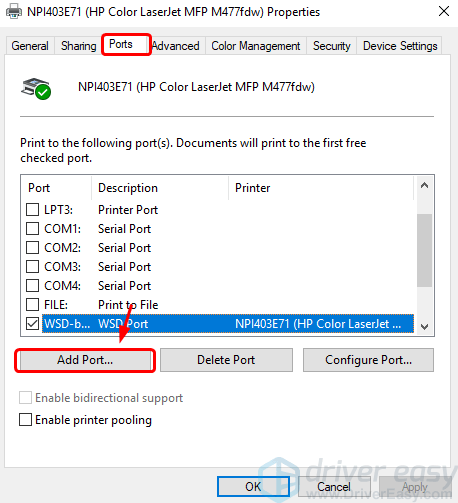
- Select Standard TCP/IP Port, then click New Port.
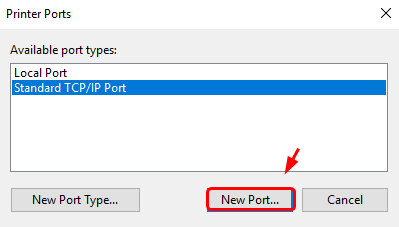
- Click Next.
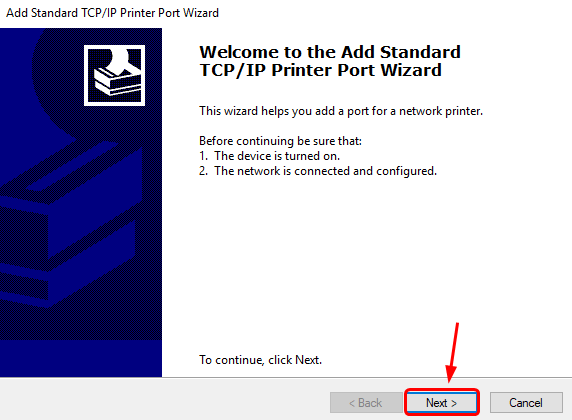
- Type in the printer’s IP address. Click Next.

As mentioned, finding the IP address for your printer differs from one printer to another. If you still have the instruction of your printer, go fetch it and see if you can find the way. If not, go to the manufacturer’s support website and search for detailed instructions.
If you need more assistance regarding the printer offline problem, feel free to leave us comments and we’ll see what more we can do to help.





